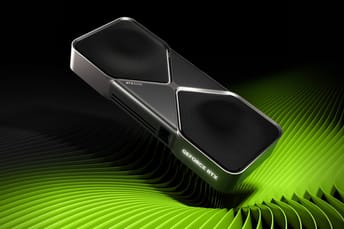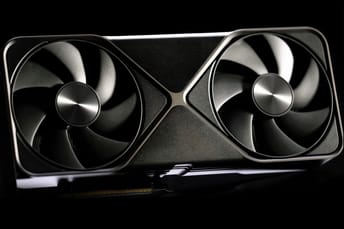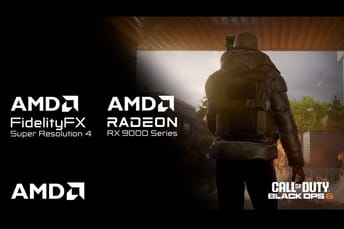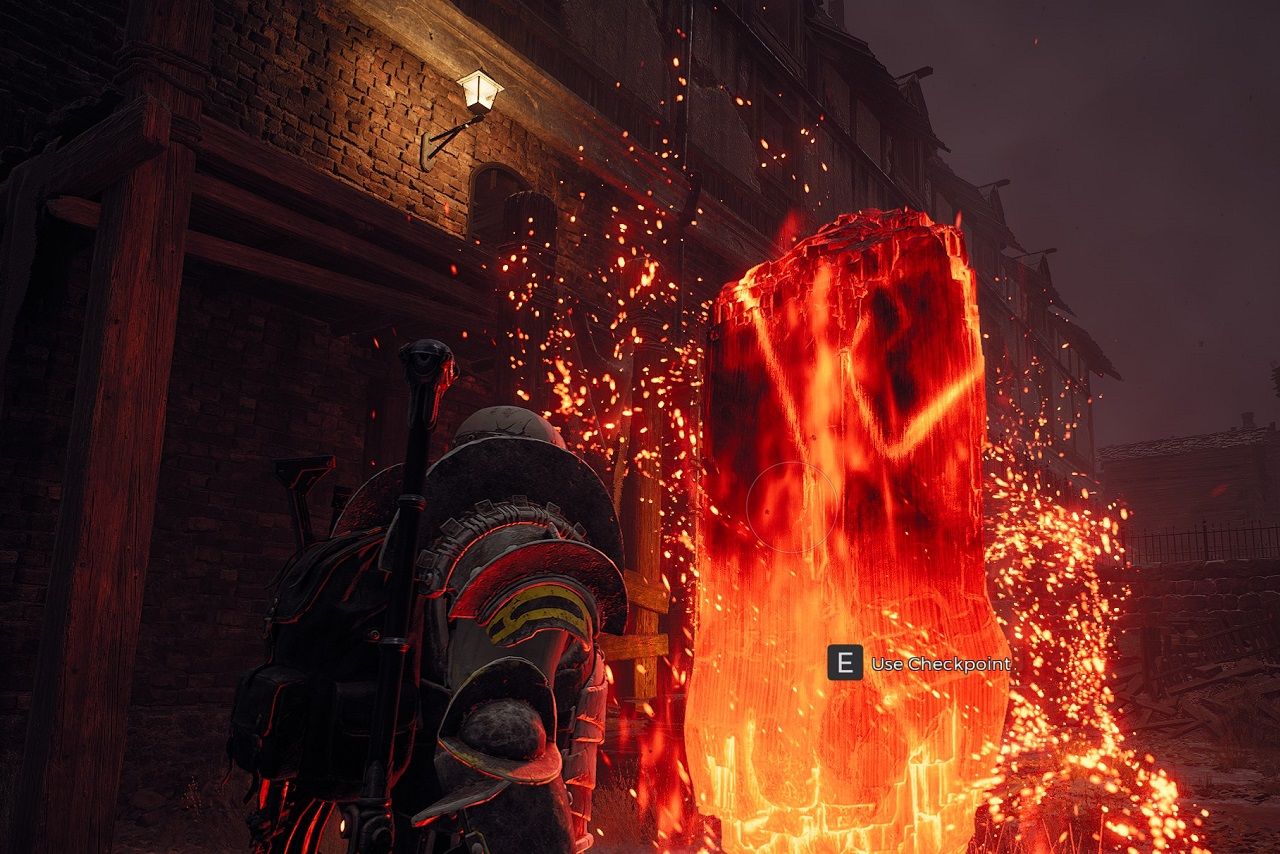
AMD FSR: In-Depth Guide to Its Performance and Graphics Benefits
|
|
At the dawn of 4K monitors and high-resolution displays, it seemed that honest rendering in native resolution was the only way to achieve the perfect image. But the growth in pixel numbers and frame rates has turned even top-end video cards into a bottleneck of modern 3d computer graphics: to keep a stable 60+ FPS in 4K, engines have to sacrifice the quality or complexity of the scenes. That is why by the 2020s, scaling from a smaller buffer has become not just a life hack, but a key part of the render pipeline.
What is AMD FSR?
AMD FidelityFX Super Resolution (FSR) is the company’s answer to this challenge. FSR makes it possible to render geometry and shaders at a lower resolution, and then restore the final image with minimal loss of detail. The main advantages of the technology are its open-source nature, the absence of rigid binding to special cores in the GPU, and compatibility not only with AMD graphics cards but also with Nvidia and Intel.
Thanks to this, FSR has quickly become one of the most popular features in game engines: by May 2025, support had been announced or added in more than 300 titles on PC and consoles. This article explains what FSR is, how it works, and why any gamer or developer should keep it in their arsenal.
History of AMD FSR
- FSR 1.0, June 2021. Spatial upscaling, RCAS post-filter for sharpness, 4 quality modes, no use of AI
- FSR 2.0, May 2022. Temporal upscaling, integrated anti-aliasing based on TAA, significantly higher image quality, and does not require ML cores
- FSR 2.1, September 2022. Improved image stability over time: reduced ghosting and flickering of objects. Temporal reconstruction artifacts have been fixed, and the accuracy of calculations has been improved
- FSR 2.2, November 2022 (public in February 2023). Refinements for dynamic scenes, new logic for reducing ghosting during fast movement. The FSR 2.2 plugin was released for Unreal Engine in March 2023
- FSR 3.0, September 2023. Added Frame Generation, an interpolation technology that doubles FPS by inserting intermediate frames. Basic upscaling still uses the FSR 2.2 engine
- FSR 3.1, March 2024. The upscaling algorithm was improved: higher image clarity and stability, less flickering, and fewer artifacts. FSR Frame Generation is now separated from upscaling, so it can be used with other upscalers (DLSS, XeSS). Added support for Vulkan and Xbox GDK console
- FSR 4.0, February 2025. Introduced an AI module using RDNA 4. AMD demonstrated a huge FPS increase in Ratchet & Clank: Rift Apart on the RX 9070 XT, for example. Upscaling and Frame Generation are activated with a single checkbox in the driver menu. Officially supported only on the RX 9000 series, but developers promise a passive mode without AI for other GPUs
AMD originally designed the FSR as a hardware-independent solution—it is capable of running on GPUs from different manufacturers and on consoles.
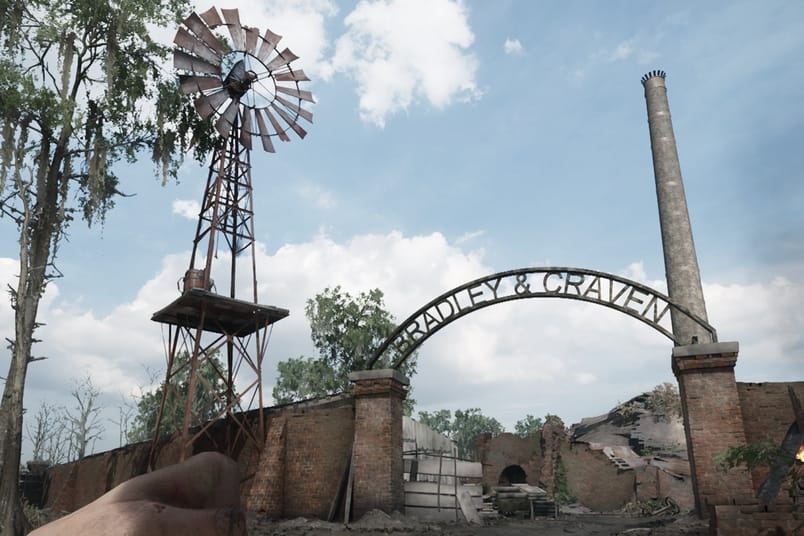
How does FSR work?
It is convenient to break the process into two logical blocks to understand the mechanics: upscaling and frame generation (FG).
Upscaling
- Preparation of input data. The engine renders the scene in a below-native buffer (for example, 1280720 instead of 25601440). In parallel, it outputs a texture of motion vectors (MV) and a depth buffer
- Reconstruction. The algorithm analyzes neighboring pixels in time and space: where has the object moved, and is it on a boundary? Due to the MVs, FSR looks into the previous frame and checks whether the missing parts can be borrowed. This reduces noise and fragmentation
- Filtration and purification. After merging multiple samples, a proprietary robust contrast-adaptive sharpening (RCAS) filter is applied. It moderately increases local contrast, compensating for the grainy look while avoiding ghosting
At the output, we get the final 2K frame, which is close to native in detail and requires fewer pixels to render.
Frame generation (Fluid Motion Frames)
In the FG module, the processing flow is different.
- Two real frames (n and n+1), already upscaled by FSR, are fed into the shader
- Optical Flow is a vector displacement map between frames calculated in FP16
- Interpolation: for each pixel, the position and color of the midpoint are predicted. The method is resistant to texture decomposition because it uses bidirectional match search rather than flat mixing
The resulting synthetic frame is inserted between n and n+1, doubling the visible frame rate without additional CPU load or rasterization. GPUs spent little to no time on this, which means the overall performance gain remains dramatic.
Without tensor cores?
FSR is fully shader-based: any ALU units that support FP16/FP32 and matrix FMAs can perform calculations. Hence, the high hardware coverage (from AMD’s RX 580 to Nvidia’s RTX 5090). The downside is less aggressive AI reconstruction of ultra-fine detail, but AMD is consciously betting on mass scale and ease of integration.
FSR combines an advanced temporal upscaler and a lightweight frame generator, all in an open format and without strict hardware requirements. It is this philosophy that has made the technology truly popular among developers and gamers.
Advantages of FSR in Games
- A significant increase in FPS. Even without Frame Generation, FSR 3.1 Quality gives over 40% more frames than native TAA on Radeon RX 7900 XT in Forza Horizon 5; on GeForce RTX 4070, DLSS Quality adds close to 45%, meaning FSR shows similar results
- Hardware versatility. The algorithm is entirely shader-based and runs on AMD, Nvidia, and Intel GPUs, as well as on the consoles (PS5, Xbox Series); no tensor cores are required
- Separate activation of frame generation. In FSR 3+, upscale and FG can be activated separately. So if the game already relies on the GPU but not on the CPU, it is enough to enable only Fluid Motion Frames to gain +80-100% FPS with almost no visual compromises
- Fast integration. Plug-ins for Unreal Engine 5 and Unity are installed in a couple of minutes; in UE, it is enough to transfer the motion vectors buffer, depth, and enable the post-process in the engine
The FidelityFX open-source libraries are hosted on GitHub, and developers have the right to modify the core and port it to their own engines. The result for the player is free FPS, even on average hardware; for the developer, a minimum of dependencies and licenses.
FSR in Practice: Performance and Quality
Real-world tests show that FSR 3.1 has significantly raised the bar over previous versions, primarily due to better temporal stability.
- In Horizon Forbidden West, at 1440p Quality on the RTX 4070, FSR 3.1 produced the same framerate as DLSS 3.5, but left a little ghosting around the character model when the camera was rotated
- In Ratchet & Clank: Rift Apart, FSR reduced ghosting on particles, but at 1080p Performance, the mode is still noisy and inferior to DLSS in the fine detail of fur and foliage
On average, AAA-titles show +40-45% FPS gain in FSR Quality mode versus native rendering, which nearly matches DLSS Quality gains, while XeSS Quality lags behind by about 5%. Fluid Motion Frames doubles the final framerate in ~2 ms on RDNA 3 and ~3 ms on Ampere, so in CPU-heavy games (simulators, sandboxes with high AI load), it is FSR FG becomes preferable to DLSS.
Limitations remain: DLSS 3.7 produces less grain in dynamic scenes, while XeSS 1.3 sometimes restores fine lines more accurately. Nevertheless, at 1440p and above, FSR 3.1 has reached the comfortable-to-play level, while on older Nvidia GeForce 10-/16-series GPUs, it remains the only upscaling technology.

FSR vs DLSS vs XESS
DLSS vs FSR
The arrival of AMD’s FidelityFX Super Resolution instantly gave gamers a long-awaited, vendor-agnostic answer to NVIDIA’s DLSS. Adoption was swift: developers loved the drop-in workflow, and players on non-RTX hardware finally had a way to boost FPS. Image quality wasn’t perfect; early builds could look soft and lose fine detail compared with DLSS, but for many users, the performance gain outweighed the blur.
Ease of use kept the momentum going. Studios added the upscaler in patches, sometimes at the community’s insistence, and the visual gap narrowed as AMD refined temporal stability and sharpened edges. DLSS still held a slight lead in the most demanding scenes, yet FSR’s open-source code and broad GPU support (PCs plus current-gen consoles) made that edge harder to justify.
The next battleground became frame generation. Nvidia’s solution, tied to its newest RTX cards and propped up by Nvidia Reflex to hide latency, stayed walled off. AMD went the other way, wiring frame gen into a much wider hardware slice. First impressions were mixed because some games needed V-Sync tweaks to smooth out pacing, but the raw FPS uplift was undeniable. Within days, modders were swapping DLSS files for FSR libraries to unlock frame generation on unsupported games, proving just how eager the community is for a truly open, cross-vendor approach.
Intel XeSS
Intel’s XeSS sits between the two giants: it uses AI like DLSS but keeps an open DP4a fallback path that lets it run on most modern GPUs, albeit fastest on Arc’s dedicated XMX cores. Image quality usually lands closer to DLSS than to early FSR, with sharp detail retention and decent temporal stability, while performance uplift trails FSR on non-Intel hardware.
Adoption, however, has been slower—the limited Arc install base and UE plug-in maturity keep XeSS more niche, yet its cross-vendor design shows promise as another pressure point pushing the industry toward open, hardware-flexible upscaling.

The Future of FSR
At CES 2025, AMD announced FSR 4 along with the Radeon RX 9070-series (RDNA 4) graphics cards. For the first time, the new upscaler relies on built-in AI accelerators and promises significant improvements. For now, it will remain exclusive to RDNA 4, but the API will stay open, which means a port to older RDNA 3 or RTX cards is possible via the community.
At the same time, Microsoft is expanding DirectSR: by the end of 2025, developers will be able to dynamically switch between DLSS, FSR, and XeSS within a single build without recompiling, making hardware exclusivity less of a limitation.
How to Enable FSR in Games
Most new PC and console titles expose FSR directly in the graphics menu. Open Settings, Graphics, and find the Upscaling option (or a dedicated FSR toggle), pick an FSR preset (Quality, Balanced, Performance, or Ultra Performance) and, if the game supports it, a separate switch for frame generation. Confirm that V-Sync and any vendor-specific sharpening filters aren’t conflicting, then apply; you’ll see the resolution scale adjust in real time. In Unreal Engine 5 games, the motion-vector and depth buffers are already wired, so a single click is all that’s needed.
Legacy games (or games that shipped with DLSS only) can still use FSR through community tools. The most popular is OptiScaler (dlssg-to-fsr3): drop the replacement DLL next to the game’s executable, launch once to generate a config file, then set “Upscaling = FSR” and “FrameGen = On” if desired. For Radeon GPU users, Radeon Super Resolution (RSR) in Adrenalin drivers forces an FSR-style upscale at the driver level: enable RSR globally, run the game in a lower fullscreen resolution, and the driver handles the rest. Tweaks like capping FPS to half a refresh rate or disabling in-engine V-Sync can improve frame pacing when frame generation is active.
FAQ
What is FSR?
AMD FidelityFX Super Resolution (FSR) is an open-source upscaling technology that renders your game at a lower internal resolution and reconstructs it to near-native quality, boosting FPS without major visual loss. Because it’s shader-based, FSR runs on a wide range of GPUs and even current-gen consoles, offering a vendor-neutral alternative to DLSS.
How to use FSR?
Open your game’s Graphics and find the Upscaling option, choose “AMD FidelityFX Super Resolution” or “FSR” and select a preset (Quality, Balanced, Performance, or Ultra Performance). For titles without native support, enable Radeon Super Resolution (RSR) in AMD Adrenalin drivers or install a community DLL swap such as OptiScaler to inject FSR into DLSS-only games.
How to reduce ghosting?
Update the game (or mod) to the latest FSR build, then lower RCAS Sharpen to 0.1-0.2 and set fMinDisocclusionAccumulation = -0.333 in the FSR config. Disable in-engine motion blur, check that motion-vector jitter cancellation is on, and cap your frame rate to a divisor of your display’s refresh for steadier frame pacing.
Does my GPU support FSR?
If your GPU supports FP16 shaders (roughly any discrete card from 2016 onward), it can run FSR 2/3 upscaling; frame generation requires DirectX 12 and is recommended for RDNA 2+, RTX 20-series and newer, and Intel Arc. Integrated graphics like Ryzen 6000/7000 iGPUs also qualify, though performance uplift depends on available headroom.
Does FSR work on Nvidia?
Yes. Because FSR is entirely shader-driven, it runs on GeForce GTX 10-series, GTX 16-series, and all RTX cards without tensor cores. You’ll find it as a built-in option in many games, or you can force it via OptiScaler or RSR-style driver tools. Upscaling quality is comparable, though DLSS may retain finer detail in demanding scenes.
Summary: Good Alternative to DLSS
AMD FidelityFX Super Resolution has evolved from an emergency upscaler into a full-fledged suite of rendering techniques: upscaling, frame generation, a unified API, and open-source distribution. For gamers, the recipe is simple: turn on FSR Quality, add Frame Gen if desired, and get up to double FPS on almost any modern GPU. For developers, FSR remains the lowest-barrier super-resolution technology, especially with the arrival of DirectSR. FSR 4 with AI cores and hardware-based frame generation may once again close the gap with DLSS.

